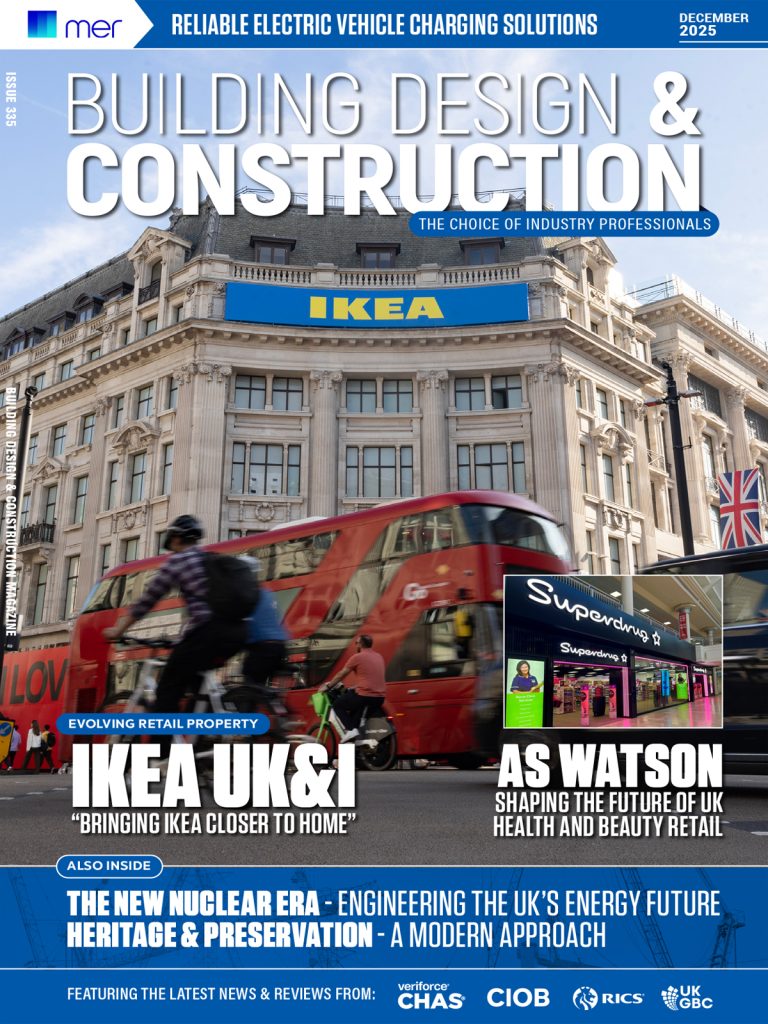The Evolution of Real Estate and the Fast-Paced Market The real estate market has always been an active agent, adapting based on economic currents, customer demand, and technological advancement. However, of late, one of the most witnessed trends has been the growing trend of quick cash sales. Homeowners are increasingly adopting quick sales that are hassle-free and typically bereft of conventional real estate formalities. This shift isn’t just affecting the way homes are being sold—it’s also affecting the way homes are being built, made, and valued. Old-fashioned home sales are usually protracted and laborious processes with financing approvals, inspections, negotiations, and hoping for the best that the ideal buyer will come along and make an offer. Fast cash selling cuts through all these hurdles, however, allowing homeowners to sell homes in a week or two and not months. Investors, flippers, and home-buying companies specializing in purchasing homes for cash are behind this trend, offering sellers an efficient alternative. Second, the financial ups and downs of the times have convinced many homeowners against going through long-drawn sale processes. The need for instant liquidity, whether for career changes, financial losses, or budget-cutting exercises, has only contributed to the popularity of fast cash deals. This phenomenon is not only reshaping the way properties are sold but is also influencing the way they are constructed, marketed, and priced in the broader realty landscape. How Fast Cash Selling is Reshaping Home Construction With fast cash transactions becoming more in vogue, home developers and builders are taking notice too. Fast, painless sales are creating the demand that’s compelling a rethinking of how homes are constructed. Builders now build houses to sell to investors who seek properties that can be easily flipped, rented out, or resold. One of the primary changes is the development of uniform, ready-to-sell houses. Contractors increasingly are constructing homes with neutral, universally appealing interior spaces that require very little refurbishing. This allows cash purchasers to purchase houses without concern over costly redoing work, making it easier for them to resell or lease the home immediately. There’s also been an explosion of pre-fabricated and modular housing. These houses are built in a factory and then transported to where they’re going to be located, cutting the time and expense of building. Because they can be built efficiently and quickly, they’re a perfect match for the fast cash model of purchase and resale because they allow the purchaser to purchase and resell quicker than site-built houses. The impact of fast cash sales can also be seen in the building materials employed in home construction. Because time is of great concern, builders are using prefabricated panels, modular components, and energy-saving structures that expedite installation time. Technology-facilitated smart homes are also increasing popularity, as technologically facilitated houses are attracting investors looking for contemporary, high-quality houses with minimal future need to upgrade. The Appeal of Fast Cash Sales in a Competitive Market For the seller, the benefits of speedy cash transactions are obvious. Avoiding missed extended wait times, skirting the expense of repairs, and escaping the anxiety of agreements that disintegrate due to financing issues all render cash bids very appealing. But the influence does not end there—whole real estate markets are profiting from the effect. In urban areas and cities with high demand for housing, rapid cash sales are accelerating turnover rates. Investors, in particular those who believe in exploiting rental markets or short-term holiday homes, are buying houses in record numbers. It is most spectacularly apparent in those areas with high tourist demand and seasonable demand, where short-term rental returns are able to obtain high yields. Take, for example, sellers based in Dunedin, a Florida city experiencing increasing real estate activity. With its popularity as a seaside destination, Dunedin has attracted investors looking to purchase properties for short-term rentals or long-term investments. Because of this, cash offers with quick settlement are becoming the premier choice for sellers looking to move quickly in a competitive market. The need for instant cash selling is also driving emerging real estate business models. Companies that purchase homes for cash, often referred to as “instant buyers” or “iBuyers,” are increasing their footprint. Those companies use technology to immediately assess a home’s value and offer a competitive bid, in some instances within a few hours. This benefits sellers but also provides investors with a steady stream of homes for sale. The Long-Term Impact on the Real Estate Landscape The heightened prevalence of rapid cash sales does not exist without issues. One of them is the risk of soaring house prices due to increased investor participation. If cash buyers acquire houses in big numbers, it has the tendency of rising housing prices, which might make it increasingly difficult for original buyers to penetrate the market. This has been a topic of argument on whether rapid cash purchases result in housing shortages or push property prices to unsustainable levels. Simultaneously, however, are the fears that swift cash sales would erode homeownership as long understood. With more and more investors monopolizing the market, the fear is that neighborhoods would start tilting toward the predominance of rental-style housing, which erodes opportunities for individuals and families to build long-term wealth in the form of home equity. But its supporters argue that the speeded-up cash sales pour needed liquidity into the property market. By making homes readily saleable and able to be purchased promptly, they ensure an adequate supply of housing stock all the time. During the depressed property markets, they are a rescue mechanism too for owners forced to sell swiftly due to fiscal limits, life conditions, or compelling urgency to move right away. A consideration of another factor is potential market volatility. Even as speedy cash sales generate a reliable pipeline of transactions, they also induce rapid market flips in highly desired neighborhoods. In case investor appetite tapers abruptly or is otherwise diverted to different areas, the neighborhood housing supply and demand balances might be influenced. The Future of Fast Cash Selling and Real Estate Development









